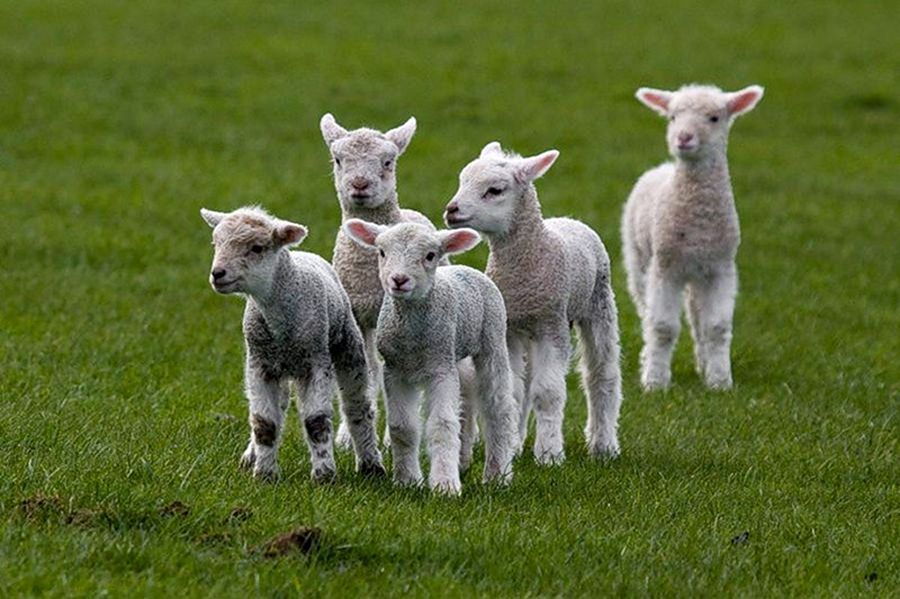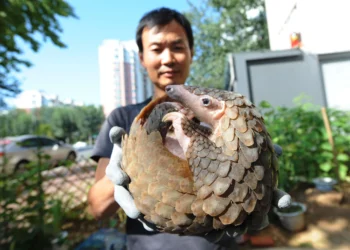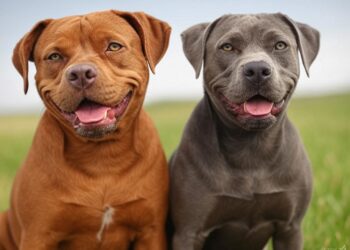When spring comes again, for many people the ultimate sign of spring is the birth of lambs. Who wouldn’t be happy with the frisky little animals that jump and run through the meadow, calling to each other and to their mother? Many sheep farmers, sheepfolds, children’s, and care farms offer people the opportunity to come and watch the lambs in the spring.
What are lamb days?
Many farms and sheepfolds offer people the opportunity to come and watch the newborn sheep during the lambing season. Private sheep farmers open their farms to the public on certain days and several sheepfolds invite people to come and cuddle with the lambs that will graze nature areas with their mothers in the future. Sometimes people on the spot witness the birth of the lambs or children are allowed to bottle feed the animals.
Lambing days sometimes start at the end of January, when the sheep that have to lamb are still kept in the stable.
However, most lambs are born around March and April and many lamb days also take place during these months. In many locations, an entire event has been built around the lamb days, for example with attractions, pony rides, sheep shearing demonstrations, or sheep herding with sheepdogs and Easter egg hunts.
What happens on the farm during lambing time?
Lambing time is well prepared by most sheep farmers. Sheep keeping is most intensive during this time, about 50% of the work involved in keeping these animals takes place during the lambing season. When the matings by the ram(s) are well planned, the period in which the lambs are born can be kept as short as possible.
Reading suggestions; Lists of Male Female Sheep Names
Before and after mating, the udder of the ewe (the female sheep) should be closely monitored. If for some reason it is not possible for the ewe to give (sufficient) milk, the lamb can be adopted by another ewe that has just given birth and does not necessarily have to be bottle-fed. Usually, a separate farrowing pen is set up, which is provided with a thick layer of clean straw and good ventilation.
A heat lamp is often available to keep newborn lambs warm and there are usually a number of tools and disinfectants ready, for example, iodine to disinfect the navel, gloves, lubricant, disinfected strings, and a respiratory stimulant. If the lamb does not breathe on its own after birth, a bowl of cold water may be required to submerge the head briefly.
How can you tell if a sheep is going to give birth?
A pregnant sheep that is about to give birth will show a certain behavior. When the birth is imminent, the ewe will:
- isolation: isolation from the flock indicates childbirth or disease of the sheep
- become restless: the sheep looks for a place to give birth, often lies down and gets up again, and sometimes chases other sheep away
- scratching with the front paws: scratching or digging in the ground is a sign that labor is coming
- walking in circles: the pattern of walking around can even be seen on the straw
- licking: the sheep often licks with the tongue along the lips
- look back at the belly: the sheep feels that something is going on there
The birth of a lamb
The birth time of a lamb can vary from half an hour to several hours. Loners are often large lambs, which are born with a little more difficult because of their size. Twins and triplets are common, and quadruplets are also possible. In 90% of the cases, lambs are born in the head position, this is a normal delivery. Unfortunately, there can also be some complications and most problems during childbirth are caused by the following causes:
- different location
- too big fruit
- insufficient closure
- deformities
In the last three cases, a vet will have to be called in, but the sheep farmer can help in case of abnormal positions. It is important that it feels well in which position the lamb is. The following locations are possible:
- head position: normal position with the front legs stretched forward
- breech presentation: the hind legs come first, this position can be recognized by the downward-facing claws on the legs
- carpal position: one or both front legs are bent and the elbow and knee are next to the neck and chest
- shoulder position: one or both front legs are bent back completely along the trunk
- tarsal position: one or both hind legs of a breach lamb are not extended, but the knee and heel are folded under the belly
- hip position: one or both hind legs of a breach lamb are strongly bent and lie completely turned back along the torso
- turned back: this can happen when the front legs are pulled too early when the uterus is not yet contracted enough and the sheep is not pushing yet
- shoulder/elbow position: the front legs are not fully extended, but slightly bent from the shoulder and elbow, the snout is at the level of the claws
After the Lamb’s Birth
The afterbirth occurs in singletons after about half an hour to an hour and in multiple births a few hours after the birth of the first lamb. The navels of the lambs should be well disinfected to prevent infection and the stable should be clean and provided with a dry layer of straw. 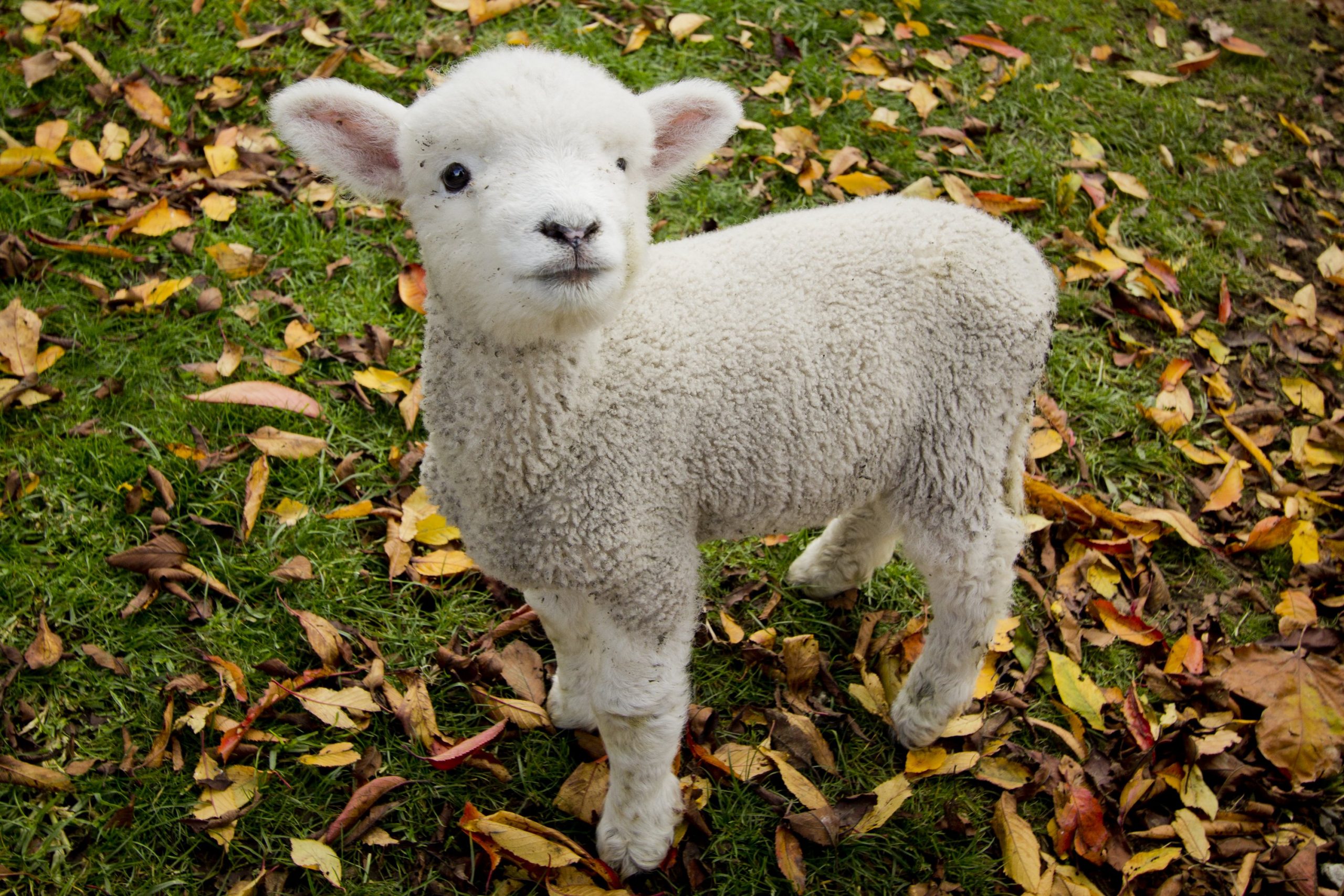
Weak lambs should be placed under a heat lamp and should be given colostrum immediately. This milk contains the most important antibodies that the lamb needs. When a ewe has too little colostrum, the lamb is given artificial colostrum, which is available in bags.
A lamb must have drunk within about four hours of birth or else the sheep must be milked and the lamb fed with the bottle or gastric tube. Lambs that do not drink on average die within 24 hours of hypothermia and they lack antibodies, which can cause diarrhea and other diseases. Good aftercare and hygiene improve the life chances of as many lambs as possible. Lambs can stay with the ewes and continue to drink their milk, but sometimes they also go into rearing and receive artificial milk.
One way to give this is by means of lamb’s milk powder, which is suitable for the bottle, but also for the so-called lamb bar. This is a larger reservoir, filled with milk, to which a number of teats are attached and from which lambs can drink themselves.
In the second week, lambs can already have lamb pellets (biks) and hay. When they eat well, it is important that they also have unlimited fresh drinking water available. but sometimes they also go into rearing and are then given milk replacer. One way to give this is by means of lamb’s milk powder, which is suitable for the bottle, but also for the so-called lamb bar.
This is a larger reservoir, filled with milk, to which a number of teats are attached and from which lambs can drink themselves. In the second week, lambs can already have lamb pellets (biks) and hay. When they eat well, it is important that they also have unlimited fresh drinking water available. but sometimes they also go into rearing and are then given milk replacer.
One way to give this is by means of lamb’s milk powder, which is suitable for the bottle, but also for the so-called lamb bar. This is a larger reservoir, filled with milk, to which a number of teats are attached and from which lambs can drink themselves. 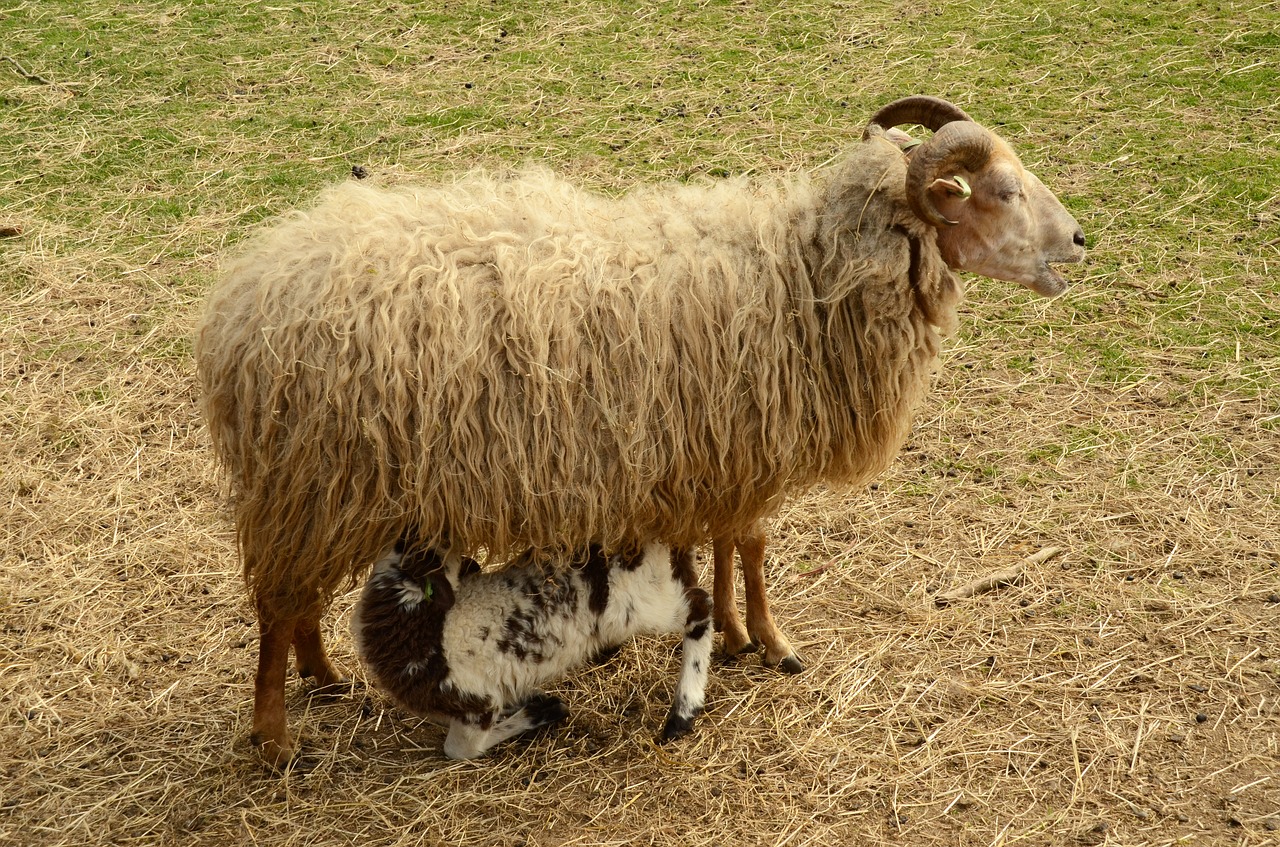
In the second week, lambs can already have lamb pellets (biks) and hay. When they eat well, it is important that they also have unlimited fresh drinking water available. In the second week, lambs can already have lamb pellets (biks) and hay.
When they eat well, it is important that they also have unlimited fresh drinking water available. In the second week, lambs can already have lamb pellets (biks) and hay. When they eat well, it is important that they also have unlimited fresh drinking water available.


